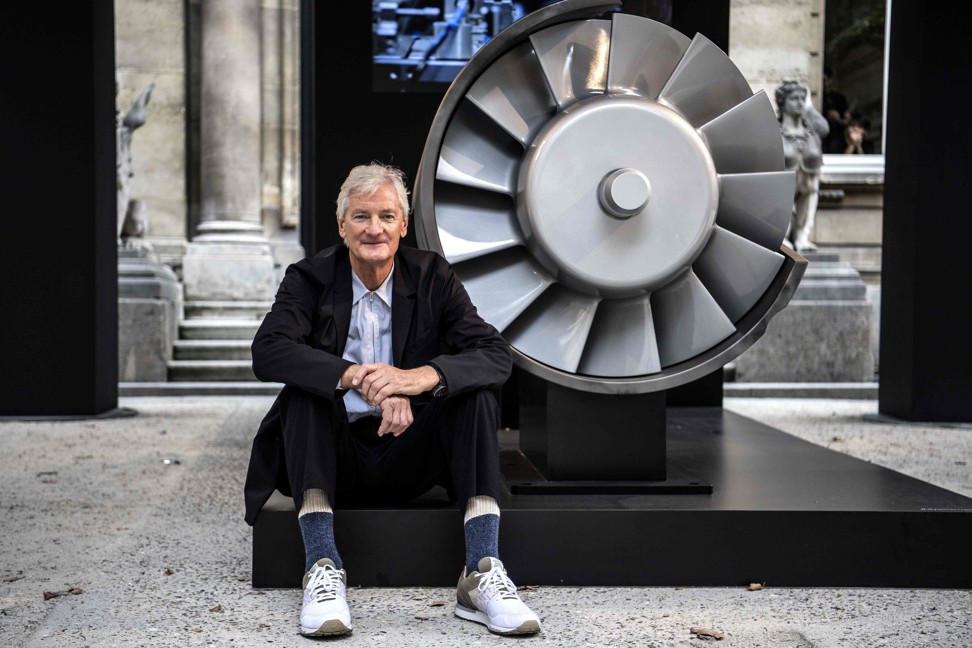
Inventor James Dyson shows electric cars are too easy to make. That’s why his US$2.5 billion project was doomed to fail
- Dyson has now abandoned its £2 billion plan to branch out and take on the likes of Tesla and Volkswagen
- Whereas cars with a combustion engine need about 30,000 components, an electric vehicle needs just 11,000 parts, according to Goldman Sachs
The British company, best known for its expensive vacuum cleaners, has now abandoned its £2 billion (US$2.5 billion) plan to branch out and take on the likes of Tesla and Volkswagen.
Dozens of start-ups have entered the fray over the past few years, from Tesla and Lucid Motors in the US, to Byton and NIO in China. Since 2011, electric vehicle start-ups have raised US$18 billion in funding, and announced 43 models and the capacity to make 3.9 million vehicles a year, according to Bloomberg New Energy Finance. That’s a lot of competition.

While Dyson’s £1.1 billion pounds of Ebitda (earnings before interest, tax, depreciation and amortisation) in 2018 gave the relatively small British manufacturer some money to play with, standing out from the electric vehicle crowd would have been quite the challenge.
Volkswagen alone has announced plans to invest US$52 billion in electrification as it targets production of at least 2 million electric vehicles a year by 2025. Its existing network of dealerships in 153 countries will make it considerably easier to sell those cars.
Dyson would also have needed a faster return on its investment than the established carmakers to keep the project going. The small size and embryonic nature of this market would have made that difficult. Just 575,000 electric vehicles were sold globally in the three months through June. That’s 3.7 per cent of the overall automotive market.
Given the brutal environment, Dyson’s retreat looks wise. Such projects often have a detrimental effect on the rest of the business, which in Dyson’s case includes hand- and hairdryers.
After Apple started its own project to build a car back in 2015, it had to carefully control how many software engineers moved from its iOS team (which makes the all-important operating system for iPhones and iPads) to join the secretive project.
For Dyson, the car risked becoming a similar distraction. In a letter to employees, he admitted he saw no way to make a car “commercially viable”.
Better to concentrate resources on his core competencies. A failure at a later date would have been much more painful, and potentially ruinous.

